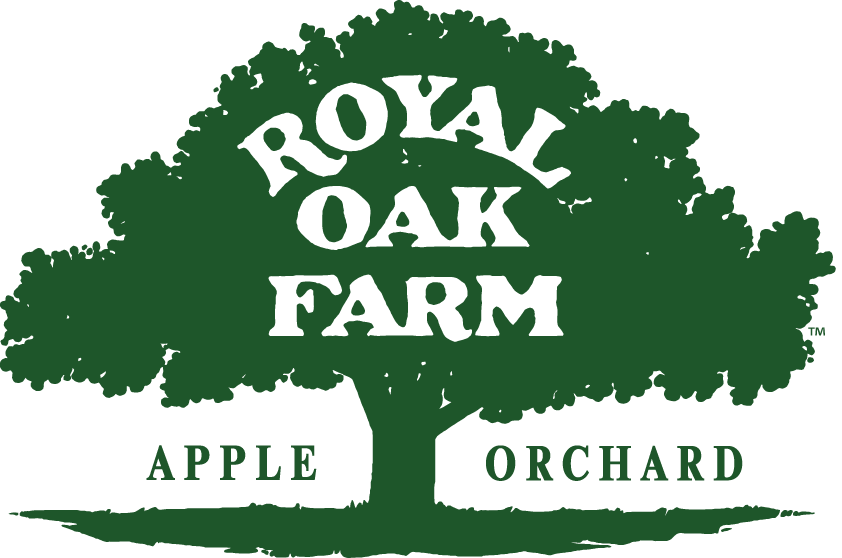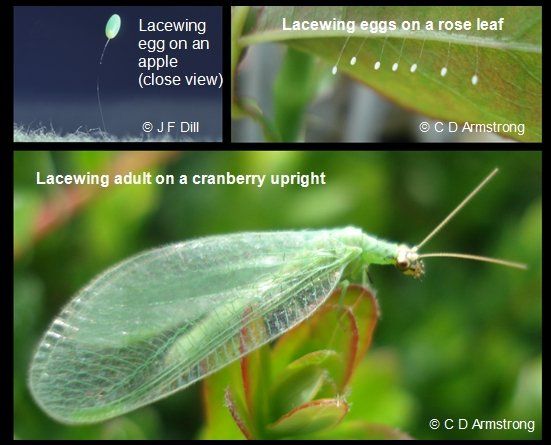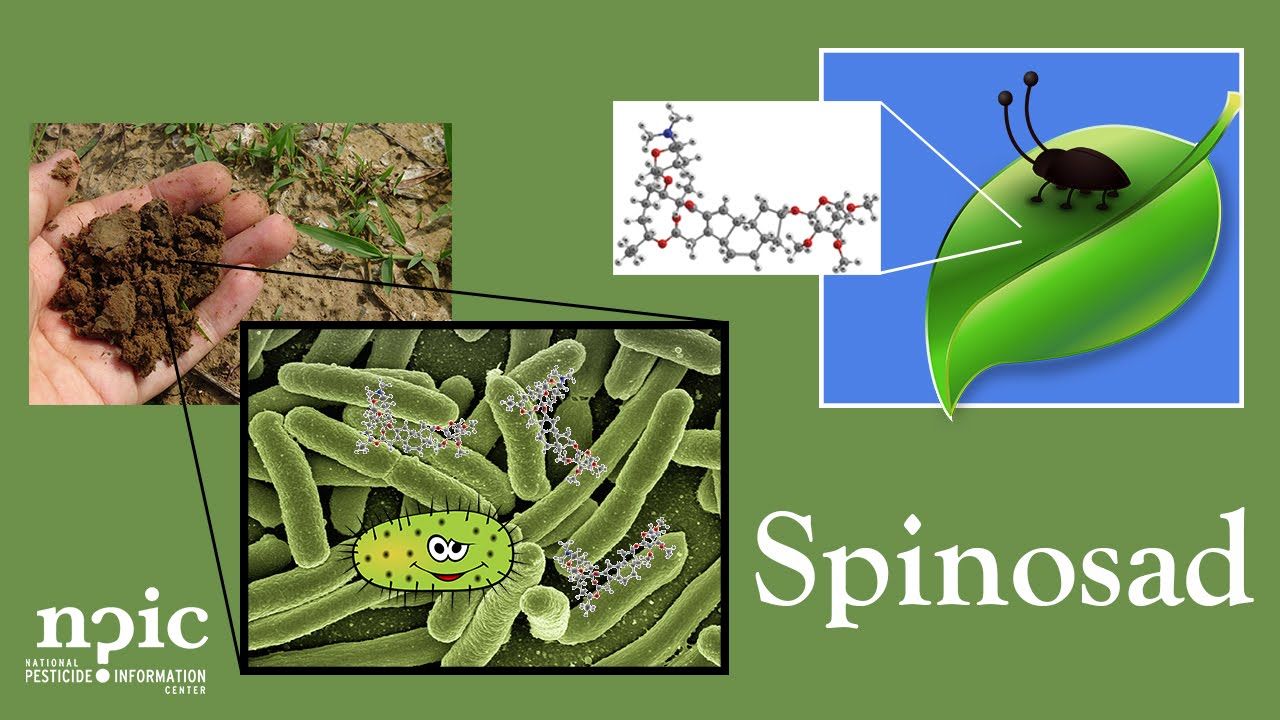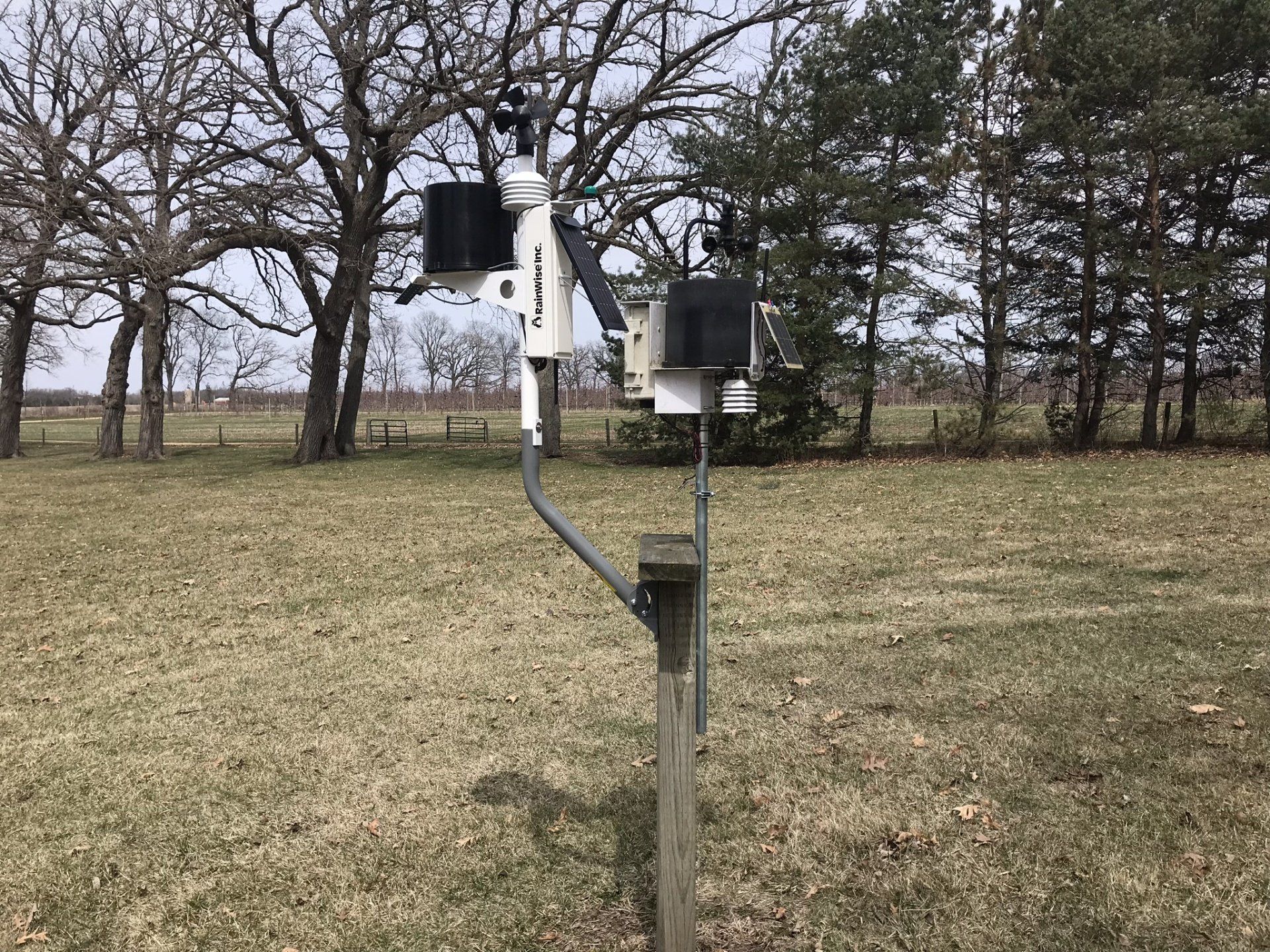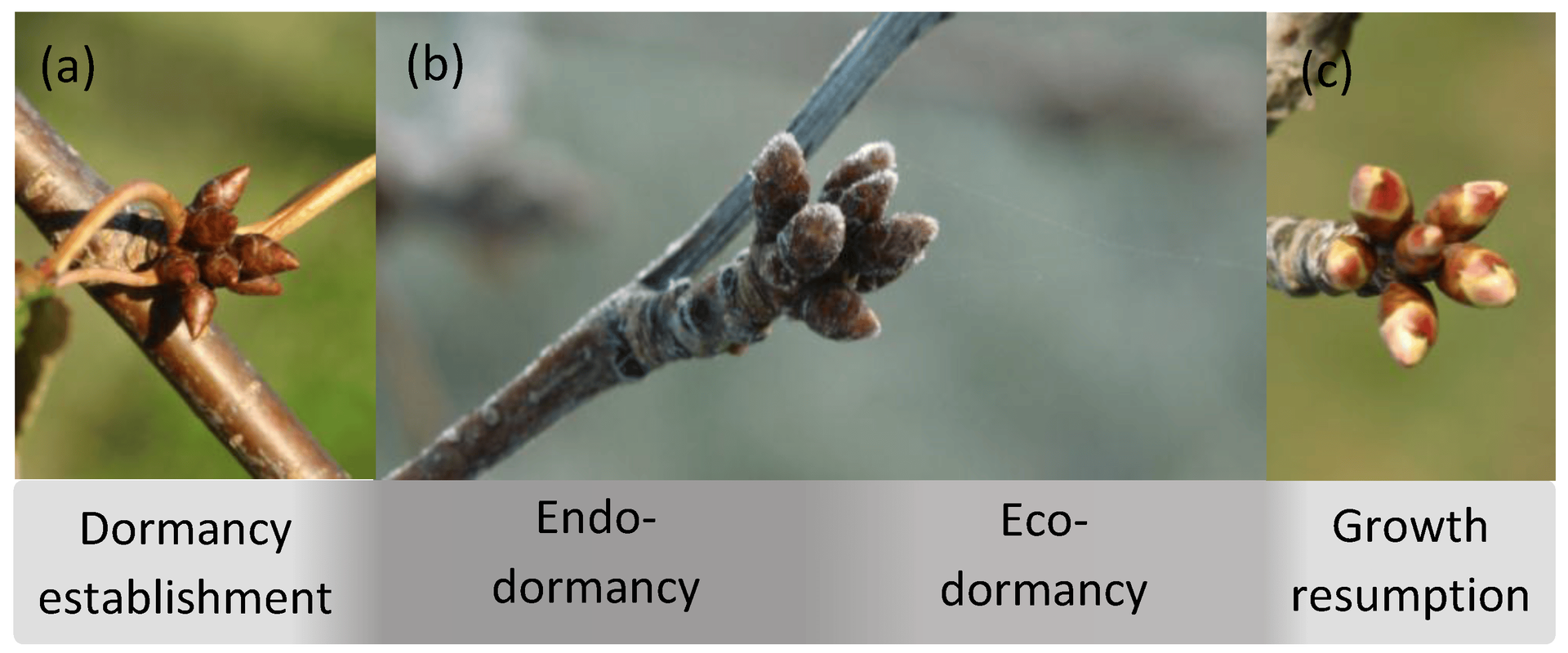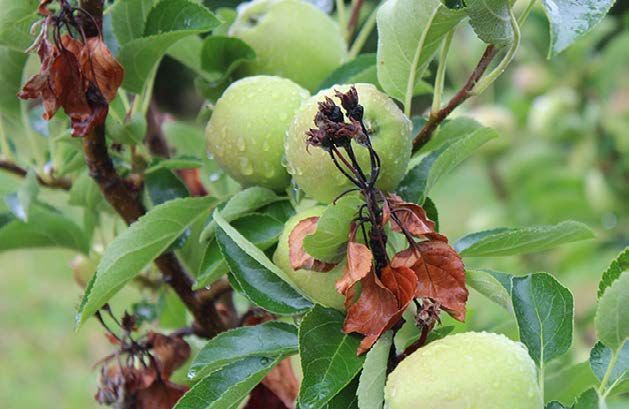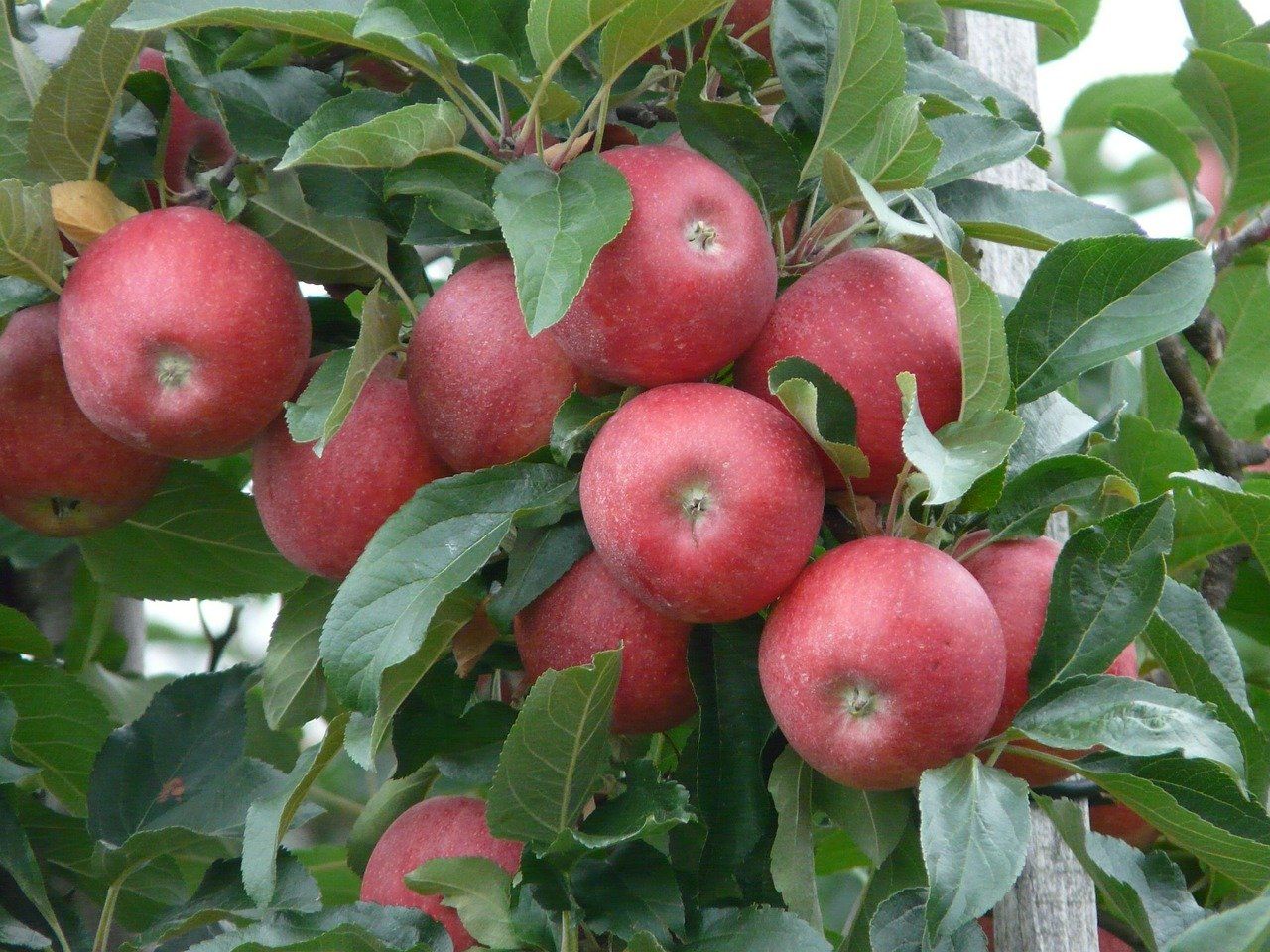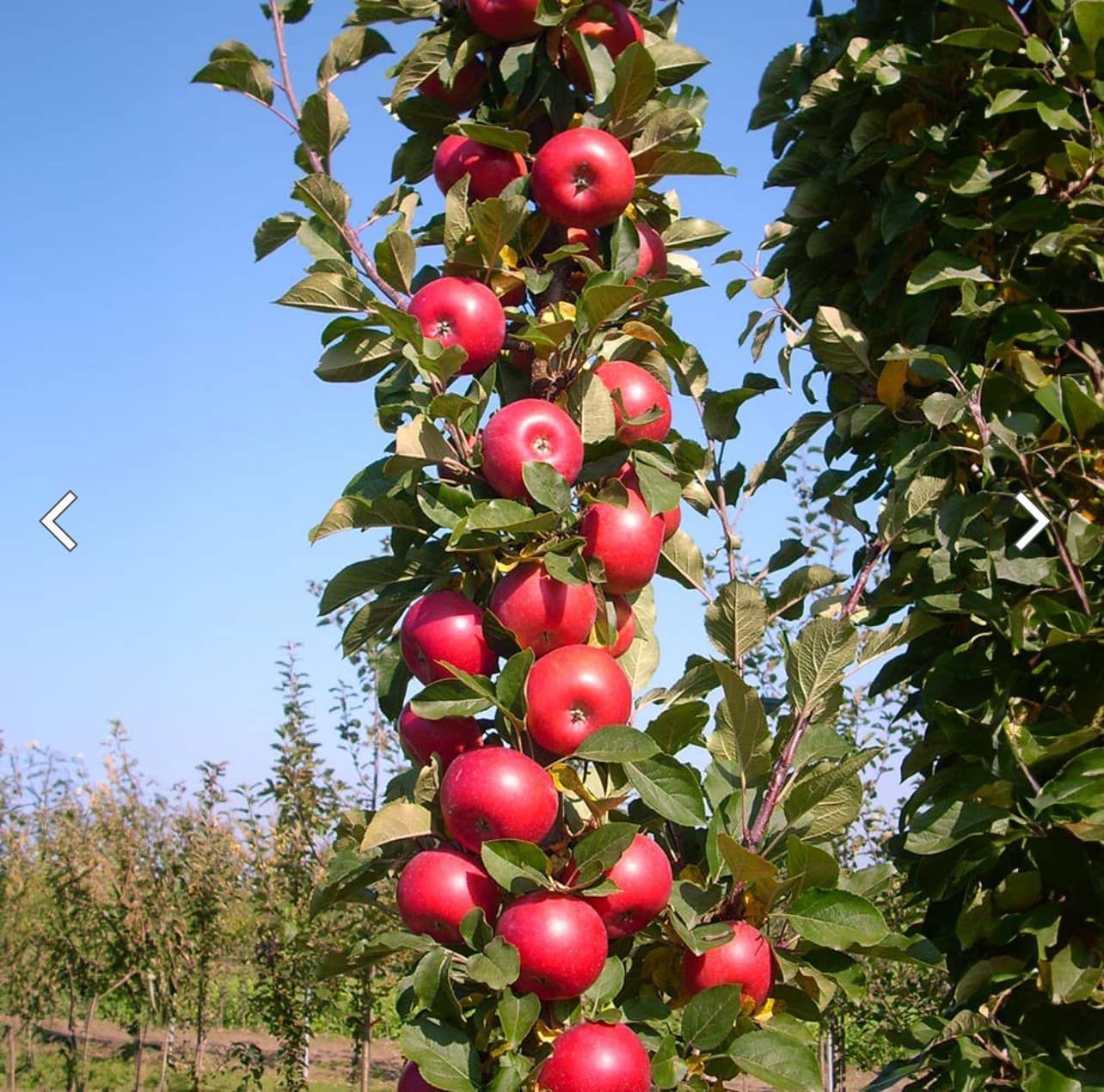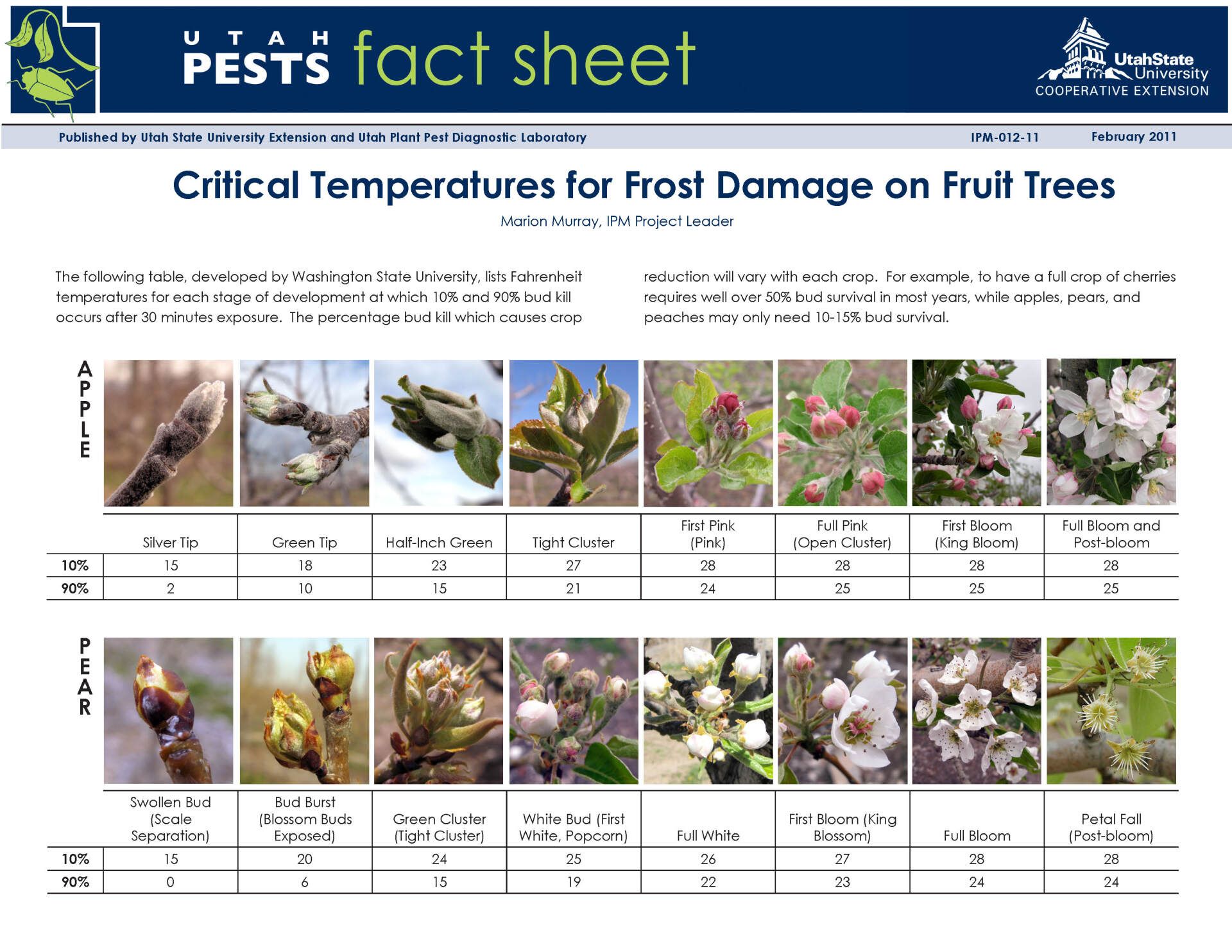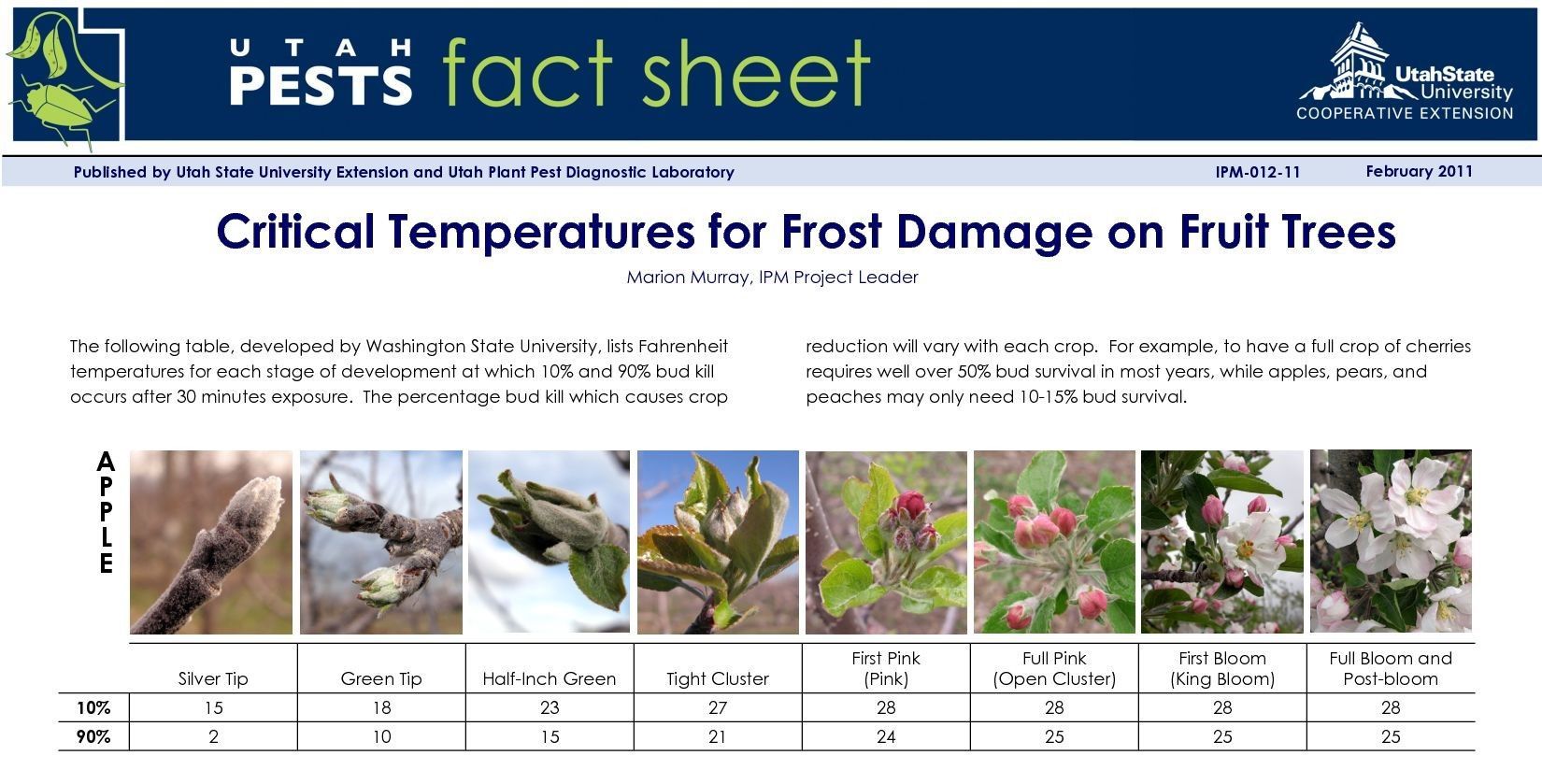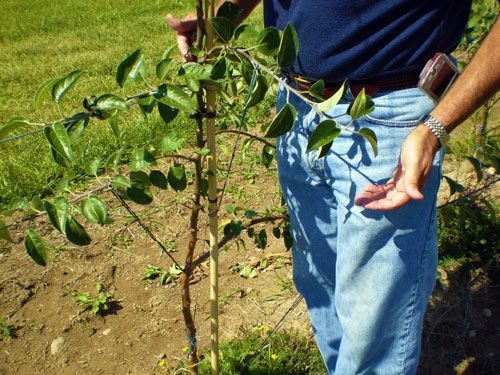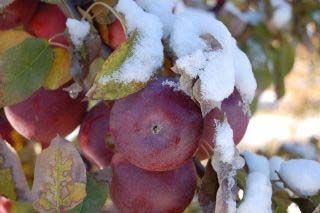Often there are enough beneficials (insects that prey upon other insects) like this Lacewing to the left, to control the pest(s) in your orchard without spraying. On other occasions you might use traps to catch pest species as they enter your orchard, or determine from the traps that there are too few of the pest to cause serious damage to your trees or fruit. But if you do have heavy pest pressure and have to control insect pests, there are many new, all natural products on the market today that can be nearly a 100% ecological solution.
Using an Integrated Pest Management (IPM) Approach to Managing Pests
What Is Integrated Pest Management?
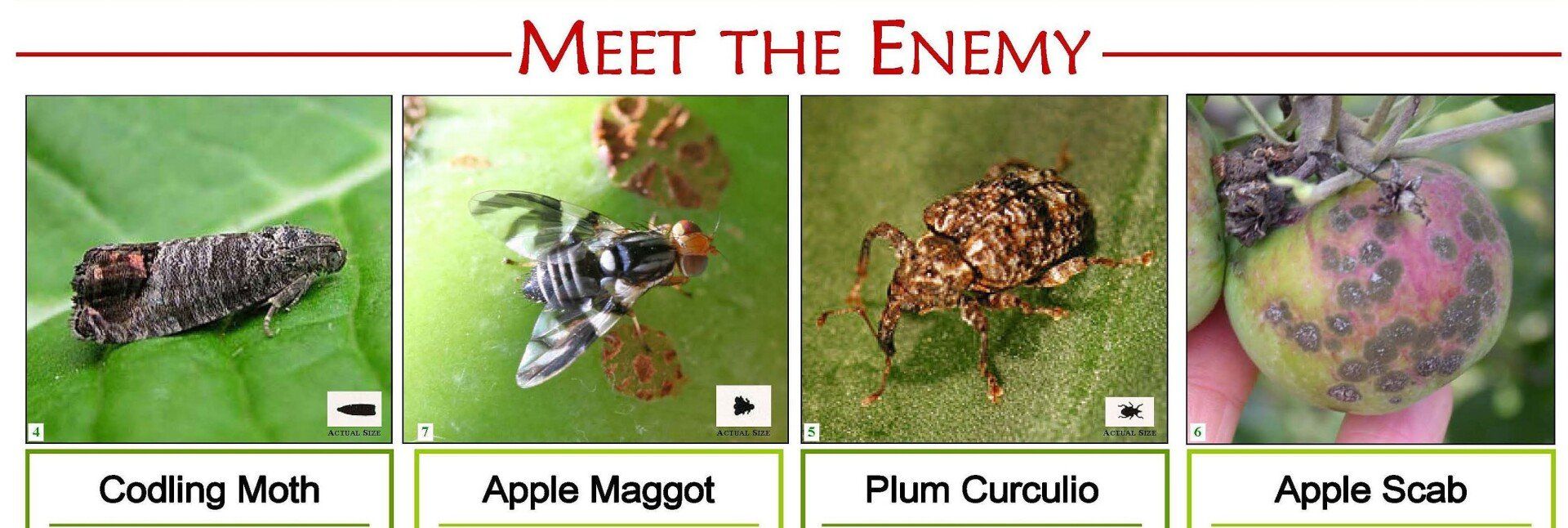
Many homeowners enjoy raising their own fruit, but as many find out, anyone who has attempted to grow fruit in their backyard knows that fruit crops can be attacked by a wide variety of insect and disease pests and are prone to environmental damage, especially east of the Rocky Mountains. The majority of posts in this blog underline this fact and are based on fairly heavy pest pressure (the amount of pests attacking fruit) .
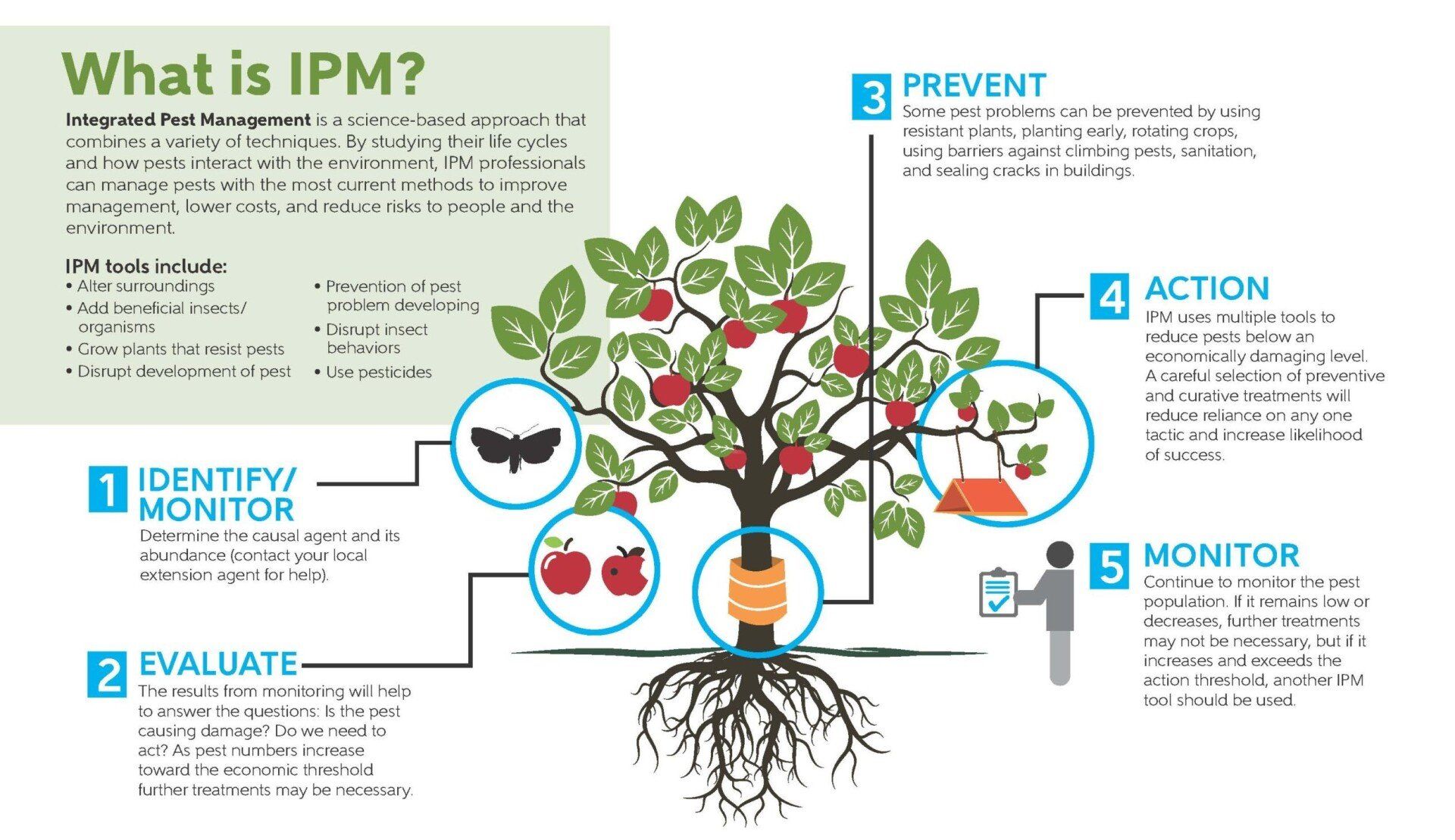
Depending on your pest pressure (the amount of pests attacking fruit), for your Backyard Home Orchard, I recommend the use of an approach to managing pests called Bio-Intensive Integrated Pest Management (IPM) to minimize the insect and disease damage to your fruit.
Organic pesticides are often promoted as more environmentally friendly than synthetic pesticides. In fact, some organics can be quite toxic to mammals or harmful to beneficial organisms than some conventional products. For this reason, at Royal Oak Farm we use an entirely new approach of pest management called Bio-intensive Integrated Pest management (Bio-IPM) to minimize the insect and disease damage to our fruit.
Integrated Pest Management is a term first used in agriculture beginning in the 1970's in response to growing knowledge about the negative side-effects of pesticide overuse. The IPM approach emphasized the integration of pest biology and cultural practices in controlling insect pests in crops. Today, Bio-intensive IPM utilizes a systems approach to pest management based on that understanding of pest ecology and tree physiology. It begins with steps to accurately diagnose the nature and source of pest problems, and then relies on a range of preventive tactics and biological controls to keep pest populations within acceptable limits. Our preventative tactics include a combination of ecological, biological, natural, and cultural controls to keep applications of chemical controls to a minimum.
The foundations of Bio-intensive IPM practices are as follows:
- Identify/Monitor - Determine the problem, if there is one, and its abundance (you can contact your local extension agent for help).
- Evaluate - The results from monitoring will help to answer the questions: Is the pest causing damage? Do we need to act? As pest numbers increase toward the economic threshold, further treatments may be necessary
- Prevent - Some pest problems can be prevented by using cultural practices such as sanitation and beneficial insects to manage pests..
- Action - IPM uses multiple tools to reduce pests below an economically damaging level. A careful selection of preventative and curative treatments will reduce reliance on any one tactic and increase likelihood of success.
- Monitor: Continue to monitor the pest population. If it remains low or decreases, further treatments may not be necessary, but if it increases and exceeds the action threshold, another IPM tool should be used.
Bio-intensive IPM begins with steps to accurately diagnose the nature and source of pest pressure, if or as they exist, and then relies on a range of preventive tactics and biological controls to keep pest populations within acceptable limits. The preventative tactics include a combination of ecological, biological, natural, and cultural controls to keep applications of conventional and/or organic controls to a minimum. The goal is only to spray conventional and/or organic controls as a last resort for the control of pest and disease.
The benefits of implementing Bio-intensive IPM in your home orchard include reduced chemical input and costs, reduced environmental impacts, and more effective and sustainable pest management. An ecology-based IPM has the potential of decreasing inputs of natural chemicals and synthetic chemicals - all of which are energy intensive and increasingly costly in terms of financial and environmental impact. All these efforts in using IPM make it possible for you to apply chemical controls only a few times each season when they are truly required.
At Royal Oak Farm we are proud of the quality of the fruit we grow, and equally proud that through our monitoring efforts and the use of Integrated Pest Management procedures we only need to apply a few sprays to grow excellent products. I am happy to pass this information on to you, the Home Orchard grower through my Grower Guide web page at https://www.royaloak.farm/growing-guide.
Backyard Orchard Management @ Royal Oak Farm Orchard
Backyard Orchard Management @ Royal Oak Farm Orchard is a blog for the home fruit tree grower providing information about fruit tree management, fruit tree pruning & training and Integrated Pest Management from the IPM Specialist and Certified Nurseryman at Royal Oak Farm Orchard, a 22,000 tree apple orchard and agri-tourism operation located in Harvard, Illinois.
Click or tap any title to read that post.

